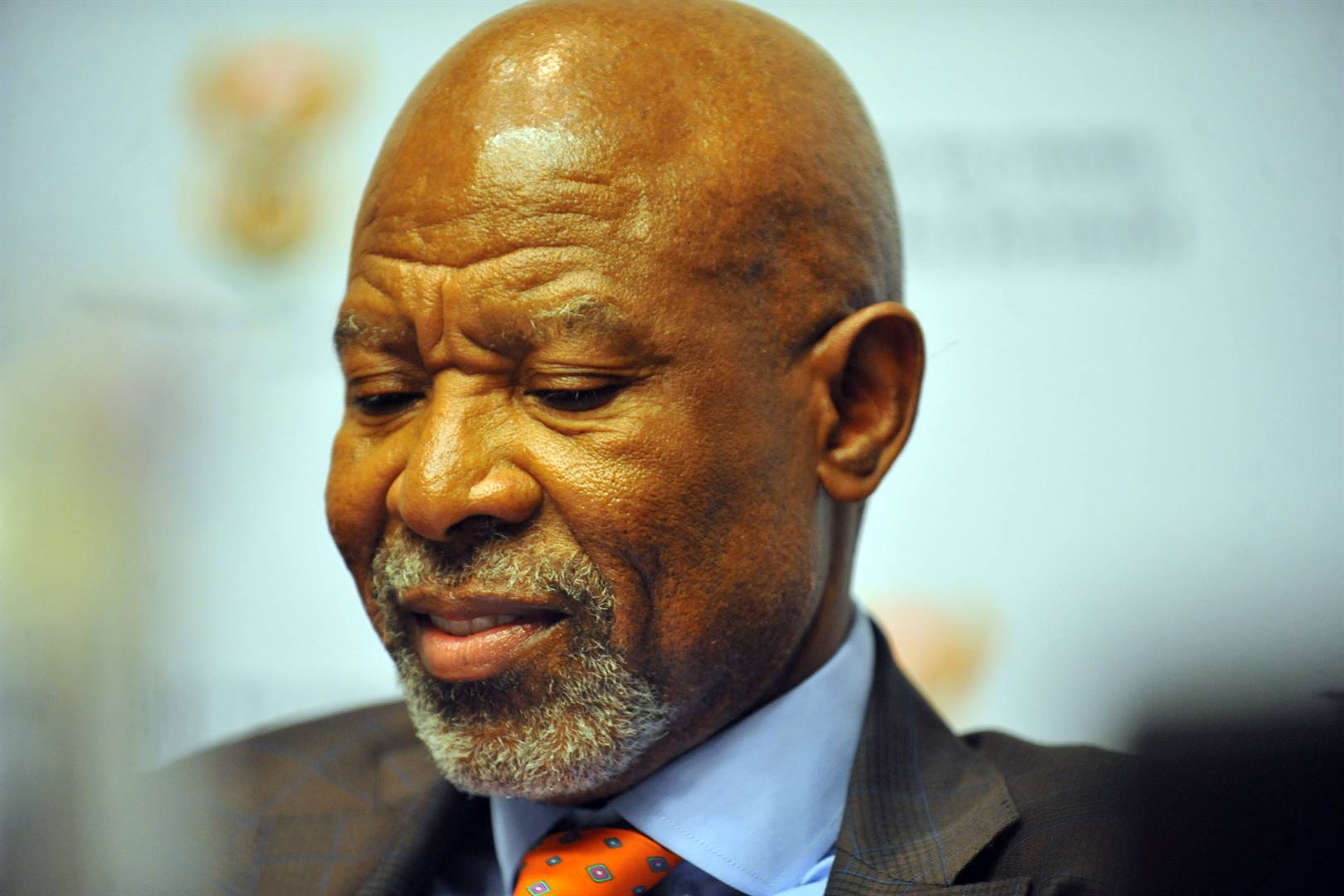
Lesetja Kganyago. Image: Equipped
- All economists in a Bloomberg survey be expecting the Reserve Financial institution’s five-member financial coverage committee to put in force a 75-basic level fee hike.
- This may increasingly go back the benchmark to its January 2020 degree, earlier than stop-start coronavirus-lockdown restrictions weighed on process.
- The sector’s central bankers are unleashing probably the most competitive tightening of economic coverage in a long time to struggle the worst world inflation surprise in a technology.
- Get the most important industry tales emailed to you each weekday, or move to the News24 Industry entrance web page.
South Africa’s central financial institution is predicted to totally unwind its odd pandemic-era stimulus measures when it raises rates of interest on Thursday.
All economists in a Bloomberg survey be expecting the five-member financial coverage committee to raise the repurchase fee to six.25%, from 5.5%. The vote-split prediction leans towards 4 panelists backing a three-quarter level hike and one for a complete share level transfer.
A 2d directly 75-basis level building up will go back the benchmark to its January 2020 degree, earlier than stop-start coronavirus-lockdown restrictions weighed on process. It could additionally take the important thing fee neatly above 5.61% — the extent the implied coverage trail of the central financial institution’s quarterly projection fashion, which the MPC makes use of as a information, confirmed for year-end.
Thursday’s choice will come an afternoon after information confirmed inflation slowed for the primary time in seven months. The financial institution’s name might be pushed by way of charge pressures posed by way of a South African rand that’s weakened greater than 10% in opposition to the greenback and speeded up financial coverage tightening by way of america, together with a 75 basis-point fee hike anticipated on Wednesday.
The sector’s central bankers are unleashing probably the most competitive tightening of economic coverage in a long time to struggle the worst world inflation surprise in a technology.
Whilst South Africa hasn’t noticed the scale of goal misses skilled by way of a number of of its friends — it prefers to anchor inflation expectancies just about the 4.5% midpoint of its goal vary — sharp fee will increase by way of the likes of america Federal Reserve and Financial institution of England possibility eroding the differential that makes native belongings sexy to international traders.
South Africa’s choice will probably be introduced all the way through a digital televised briefing that begins at 15:00. Governor Lesetja Kganyago may even give the vote casting breakdown and updates of the central financial institution’s financial forecasts, together with for inflation, charges and financial enlargement.
Repricing expectancies
Regardless that the alternate within the headline consumer-price index breached the central financial institution’s goal ceiling of 6% for a fourth month in August, inflation most probably peaked at 7.8% within the prior month, mentioned Annabel Bishop, leader economist at Investec. Nonetheless, the information aren’t “enough to turn a downwards pattern, which is what’s going to be had to sooner or later halt fee hikes,” she mentioned.
Kganyago mentioned in an 8 September interview that the MPC should do no matter it takes to get charge enlargement below keep watch over and on a downward trajectory towards the midpoint of its inflation-target band. The quantum of long term strikes stays unsure then again.
Yields on South African benchmark bonds fell 4 foundation issues to ten.96% after Wednesday’s inflation information, suggesting that markets are repricing rate-hike expectancies.
Ahead-rate agreements beginning in 3 months, used to take a position on borrowing prices, slipped 11 foundation issues and now display buyers are pricing in 145 foundation issues of tightening, together with Thursday’s transfer, this yr.
Dangers to the commercial enlargement outlook – gross home product shriveled 0.7% in the second one quarter – heightened energy outages and an erosion in person spending energy may impact the interest-rate trajectory.

























